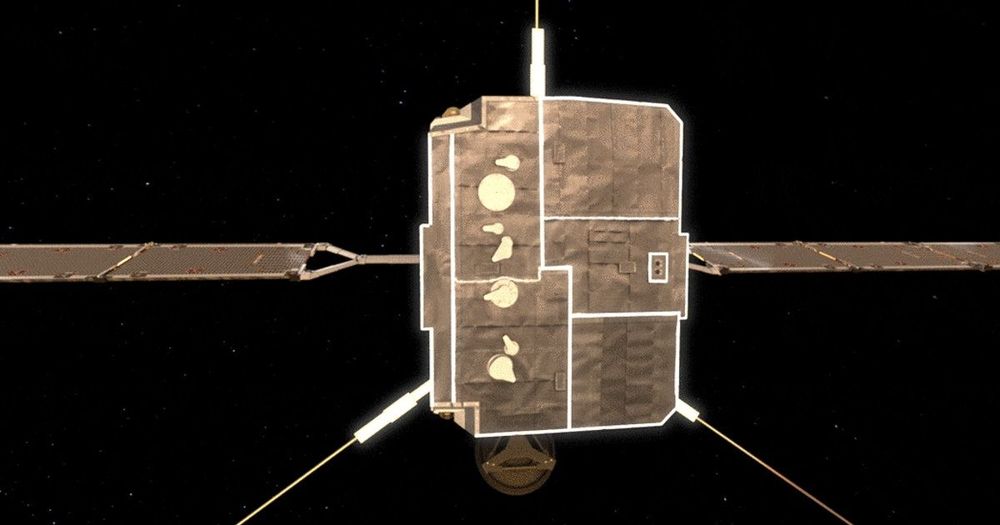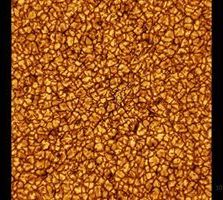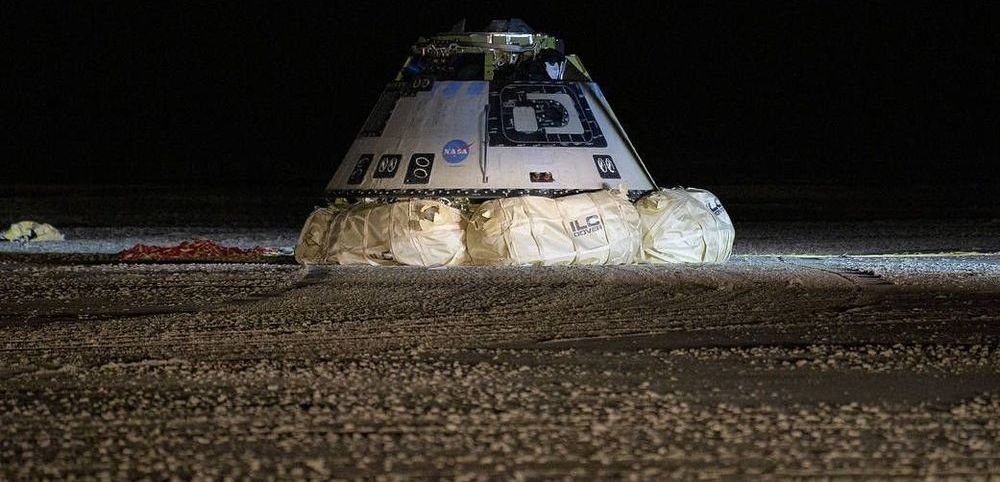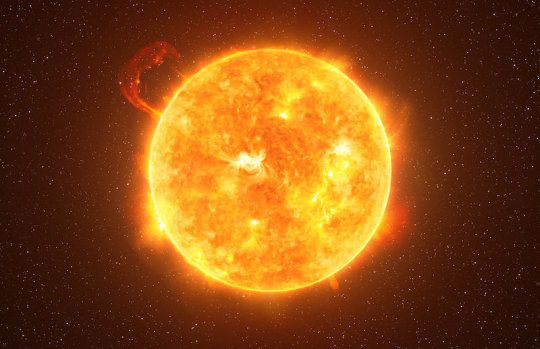Get ready for the launch of NASA and ESA’s Solar Orbiter, the spacecraft that will transform what we know about the Sun.




No, these are not pictures of caramel corn—they’re the new close-ups of the sun, taken by the largest solar telescope ever built, and they’re what the Internet has been abuzz about for a week. The Daniel K. Inouye Solar Telescope (DKIST) is able to capture imagery three times more detailed than anything we’ve seen before. What we’re looking at here in this video are huge bubbling cells as big as Texas, transferring heat from the sun’s interior to its surface, but the telescope can also resolve tiny features as small as Manhattan Island within the cells!
The DKIST is about 13 feet wide and has a better-than-bird’s-eye-view at 10,000 feet above sea-level on the summit of Haleakala, a massive shield volcano on Hawaii’s island Maui. The area covered in this image is about 22,600 miles by 22,600 miles, but the cell-like structures shown are about the size of Texas.
This is only the first time it’s been used so far, and scientists are hoping that in the future it will be helpful in predicting solar weather. Scientists still have a lot of questions about the dynamical processes in the sun and space weather is a focus that can have significant impact on the everyday individual. Space weather has a huge influence on our air travel and satellite communication, sometimes causing power outages and system failures, and our technology has only given us about 48 minutes’ notice until now. The DKIST will help us predict solar flares 48 hours in advance and understand space weather like we never have before.

Boeing is considering another test flight for its CST-100 Starliner commercial crew spacecraft amid concerns from a NASA safety panel about its first flight.
Boeing’s Starliner spacecraft launched on Dec. 20, but was unable to dock with the International Space Station as planned because it ended up in the wrong orbit. But of growing concern now are two software problems that were uncovered after the flight was complete.

Visit our sponsor, Brilliant: https://brilliant.org/IsaacArthur/
O’Neill Cylinders space stations are examples of large rotating habitats able to be constructed in space in which people and even a complex ecology might be transplanted. But what would it be like living in one and how would civilizations based inside them in the future tend to operate?
Visit our Website: http://www.isaacarthur.net
Support us on Patreon: https://www.patreon.com/IsaacArthur
SFIA Merchandise available: https://www.signil.com/sfia/
Social Media:
Facebook Group: https://www.facebook.com/groups/1583992725237264/
Reddit: https://www.reddit.com/r/IsaacArthur/
Twitter: https://twitter.com/Isaac_A_Arthur on Twitter and RT our future content.
SFIA Discord Server: https://discord.gg/53GAShE
Listen or Download the audio of this episode from Soundcloud: Episode’s Audio-only version: https://soundcloud.com/isaac-arthur-148927746/life-on-board-an-oneill-cylinder
Episode’s Narration-only version: https://soundcloud.com/isaac-arthur-148927746/life-on-board-an-oneill-cylinder-narration-only
Credits:
Life on board an O’Neill Cylinder
Episode 223; Jan 30, 2020
Writers:
Isaac Arthur

Advancements in robotics are continually taking place in the fields of space exploration, health care, public safety, entertainment, defense, and more. These machines—some fully autonomous, some requiring human input—extend our grasp, enhance our capabilities, and travel as our surrogates to places too dangerous or difficult for us to go. Gathered here are recent images of robotic technology, including a machine built to draw portraits, battle robots, a dance performance, an autonomous mobile vending machine, an art installation, an agri-bot, a robotic priest, a Mars rover, a grocery-store bot, and much more.


Using data from NASA’s Parker Solar Probe (PSP), a team led by Southwest Research Institute identified low-energy particles lurking near the Sun that likely originated from solar wind interactions well beyond Earth orbit. PSP is venturing closer to the Sun than any previous probe, carrying hardware SwRI helped develop. Scientists are probing the enigmatic features of the Sun to answer many questions, including how to protect space travelers and technology from the radiation associated with solar events.
“Our main goal is to determine the acceleration mechanisms that create and transport dangerous high-energy particles from the solar atmosphere into the solar system, including the near-Earth environment,” said Dr. Mihir Desai, a mission co-investigator on the Integrated Science Investigation of the Sun (IS?IS) instrument suite, a multi-institutional project led by Principal Investigator Prof. Dave McComas of Princeton University… IS?IS consists of two instruments, Energetic Particle Instrument-High (EPI-Hi) and Energetic Particle Instrument-Low (EPI-Lo). “With EPI-Lo, we were able to measure extremely low-energy particles unexpectedly close to the solar environment. We considered many explanations for their presence, but ultimately determined they are the smoking gun pointing to interactions between slow- and fast-moving regions of the solar wind that accelerate high-energy particles from beyond the orbit of Earth.

NASA’s Christina Koch returned to Earth safely on Thursday after shattering the spaceflight record for female astronauts with a stay of almost 11 months aboard the International Space Station.
Koch touched down at 0912 GMT on the Kazakh steppe after 328 days in space, along with Luca Parmitano of the European Space Agency and Alexander Skvortsov of the Russian space agency.
Koch was shown seated and smiling broadly after being extracted from the Soyuz descent module in the Roscosmos space agency’s video footage from the landing site.
